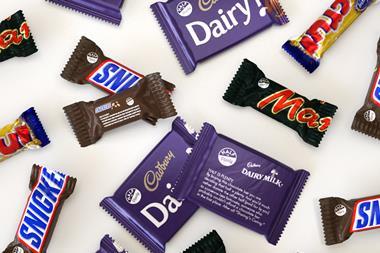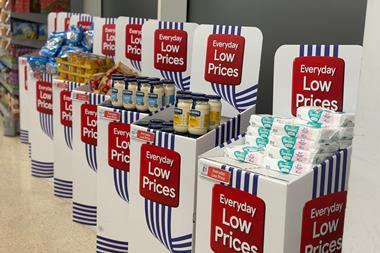On the face of it, the latest inflation figures in The Grocer Price Index look as depressing as ever. But they disguise significant differences between the prices charged by the rival retailers and the discounts they’re offering.
Prices across the top four supermarkets are up 5% on average year-on-year. Even with promotions factored in, they are still up a hefty 4%.
The impact on shoppers’ wallets is not being evenly felt, however. Asda shoppers are only paying 1% more than they were a year ago thanks to its deep discounting bid to maintain a 10% price gap between itself and rivals. Strip out those deals and its prices would have been 3% up.
Morrisons shoppers would also have been paying more had it not been for its promotional activity. The retailer’s prices are up just 2%, but would have been 5% higher than last year if promotions had not been taken into account.
Sainsbury’s and Tesco, however, are expecting shoppers to pay 5% more on average even with promotions factored in. Strip out the promotions and it would have made no difference to Tesco’s inflation figure and Sainsbury’s would have been just one base point higher at 6%. This suggests they are running either fewer or shallower promotions than their rivals.
Waitrose, which is not counted in the GPI, was only 2% more expensive than last year, reflecting its drive to price-match with Tesco. Without deals it would have been 3% pricier.
As well as affecting some retailers more than others, inflation has also affected some categories more than others. Shoppers with young children will be pleased to hear baby products are 0.7% cheaper month-on-month (when promotions are factored in), with prices at Tesco down nearly 10%.
Fruit and vegetable prices after promotions have also fallen, by 0.5% month-on-month good news for those involved in the huge drive to increase consumption. Health and beauty products are also 5% cheaper.
These are very much exceptions that prove the rule, however. Overall, prices are up 0.7% month-on-month after promotions.
Sign in to comment on this article
Not logged in before? Register for FREE guest access today.
You will be able to:
- Read more stories
- Receive daily newsletters
- Comment on stories
Advert



















No comments yet